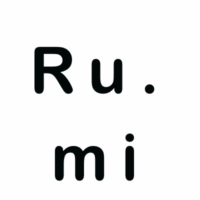Over the last decade we have frequently heard about Search Engine Optimization (SEO) and it’s importance in the Digital Marketing world. Whether it is real estate, health-care, education or financial, every industry is looking for an optimized digital identity. This is where Search Engine Optimization (SEO) comes into play.
What is SEO?
Search Engine Optimization is the backbone of digital marketing strategy and it fundamentally refers to the process of making your site better for search engines.

In order to understand SEO, it is highly important to know how search engines like Google, Yahoo and others work.
A search engine like Google indexes your web pages with the help of Google bots or “spiders”. In simpler words, Google reviews web pages to see which page will be most useful to people making a search. Below is an example of how Google reviews web pages.

What are the types of SEO?
The four common types of SEO that you may come across in the industry are,
- On-page SEO
- Technical SEO
- Off-page SEO
- Local SEO
For instance let us go through the short description of each of the SEO type.
On-page SEO
All the measures you take to make your web page rank higher on search engine results pages (SERP) falls under On-Page SEO.
Off-page SEO
This refers to everything you do outside of your site to fare better and feature higher up in Google’s SERPs.
Technical SEO
It is largely to help Google bots successfully crawl, interpret and index all the pages of your site for future use.
Local SEO
Local SEO or Google Business Profile (formerly Google my business) strategy helps your business be more visible in local search results in Google.
Search Engine Marketing
SEM is a online marketing process that includes native ads, Google AdWords, social media ads, pay-per-click (PPC), Google shopping ads, display ads, and other forms of paid advertising to drive traffic to websites and/or to increase website visibility in search engine results.
Examples of SEM advertising activities include:
- Paid and targeted campaigns
- Writing copy that focuses on the benefits of your product.
- Performance indicators such as click-through-rates (CTR) and cost-per-click (CPC)
FAQ’s
1.Name some factors that can make your online store appear higher?
- The number of non-paid or social media links pointing to your website (natural links)
- The authority of the website
- Age of the domain
- Website structure and content.
2. How can you increase the number of links to your online store?
- Look for opportunities to list your online store on other websites
- Build relationships with other websites and blogs
- Maintain user intent and updated contents in your website that naturally gets linked to.



